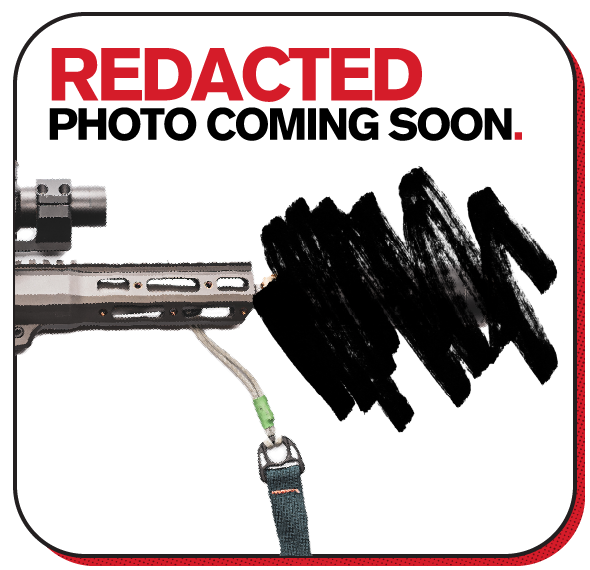Pond James Pond
New member
I know what each does, but I also know there's always more to it than that!
I'm curious as to what people chose and why since I, myself, am leaning toward a flash-hider. But I am open to persuasion. My resistance to compensators goes back to when I was at an indoor range, behind some guy with a comp'ed AR and the blast wave was almost concussive. I did NOT like it, but then I was also not the one shooting and perhaps it's less noticeable.
But I am open to persuasion, so if my reasoning/knowledge means I am over-looking something worthwhile, do let me know!
(All in context of VZ58 in x39)
I'm curious as to what people chose and why since I, myself, am leaning toward a flash-hider. But I am open to persuasion. My resistance to compensators goes back to when I was at an indoor range, behind some guy with a comp'ed AR and the blast wave was almost concussive. I did NOT like it, but then I was also not the one shooting and perhaps it's less noticeable.
But I am open to persuasion, so if my reasoning/knowledge means I am over-looking something worthwhile, do let me know!
(All in context of VZ58 in x39)

